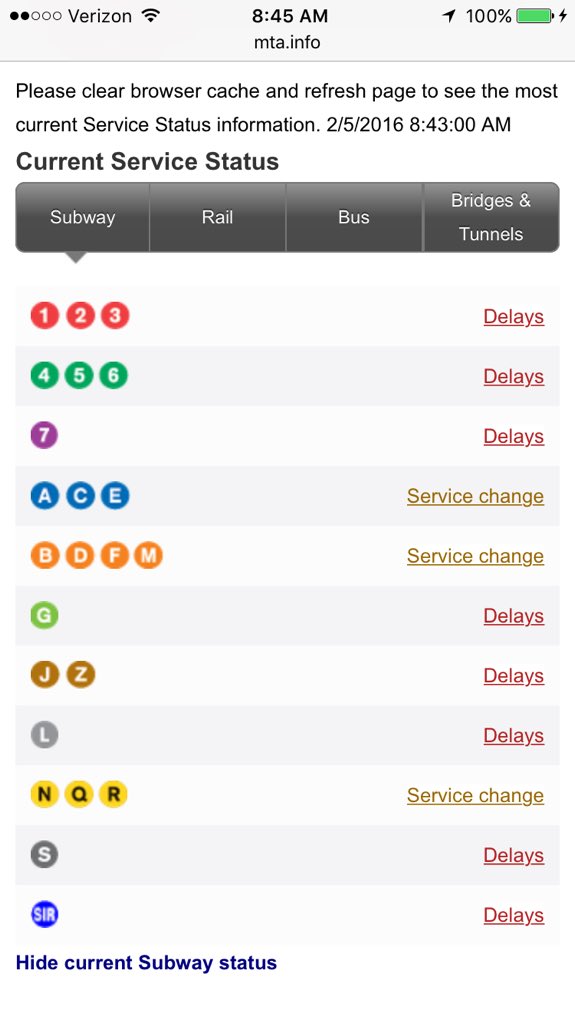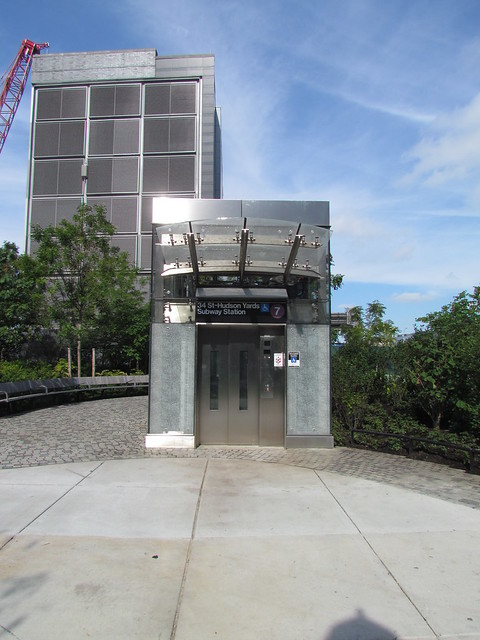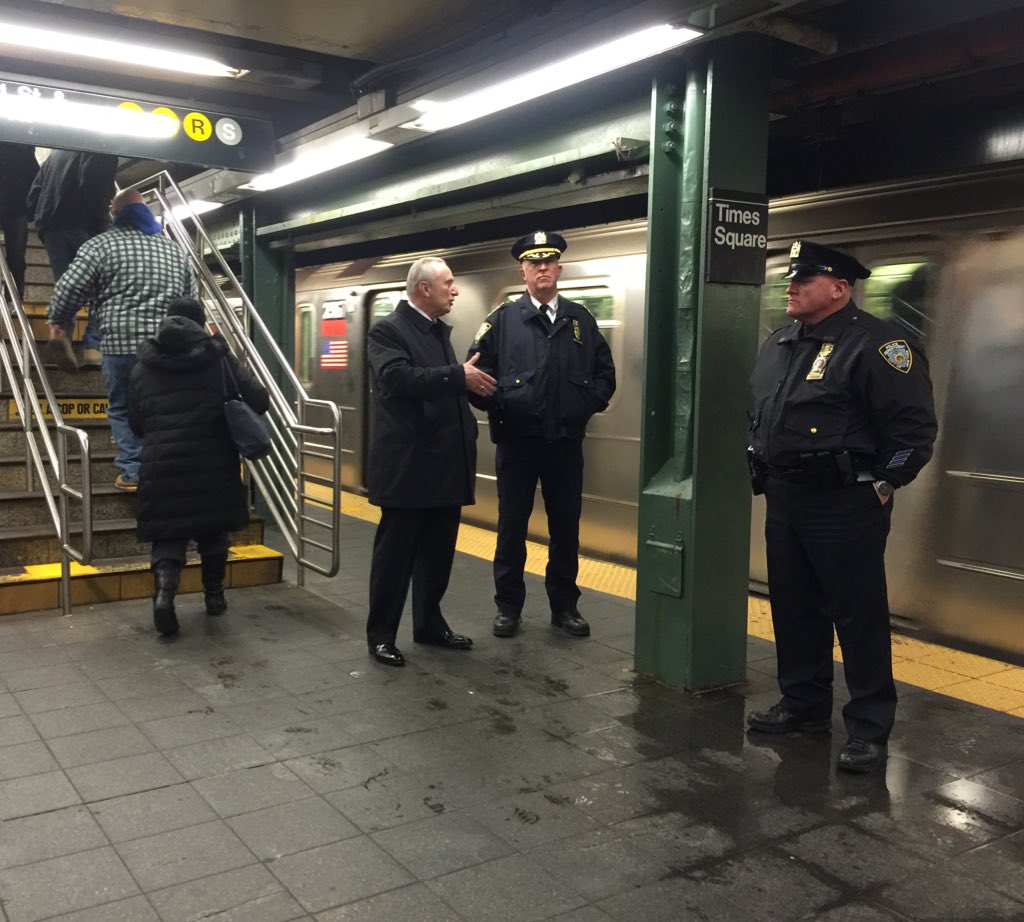 The next time I drive to my office in Manhattan from my apartment in Brooklyn will be the first time. For years, I’ve made the same trip, twice a day, on the subway, and it’s not a particularly notable trip. I take the B or the Q, switch to a 6 and get off in Midtown. On a good day, it takes around a half an hour, just enough time for me to read through the paper. Some days are more crowded than others, and despite the weary faces, it’s the way millions of New Yorkers get around. A car-free day isn’t a notable occurrence primed for self-congratulatory press conferences; it’s just a fact of New York City life.
The next time I drive to my office in Manhattan from my apartment in Brooklyn will be the first time. For years, I’ve made the same trip, twice a day, on the subway, and it’s not a particularly notable trip. I take the B or the Q, switch to a 6 and get off in Midtown. On a good day, it takes around a half an hour, just enough time for me to read through the paper. Some days are more crowded than others, and despite the weary faces, it’s the way millions of New Yorkers get around. A car-free day isn’t a notable occurrence primed for self-congratulatory press conferences; it’s just a fact of New York City life.
With Earth Day upon us, City Council Transportation Committee Chairman Ydanis Rodriguez declared today Car Free Day. His heart is in the right place, but with so many similar initiatives stemming from our elected officials, it seems to miss the point. As part of the celebration, a whopping total of 11 city blocks — Broadway between 17th and 23rd Streets., Wadsworth Avenue between 173rd and 177th Streets and a block near Washington Square Park — will be closed for a few hours. Broadway, for instance, won’t see cars but only between 10 a.m. and 2 p.m. It’s a token gesture if ever there was one.
In response, politicians have been awfully proud of themselves. Rodriguez, who to his credit has been a very receptive Transportation Committee head and whose heart is in the right place, has held numerous press conferences, and the mayor said he would take public transit “whenever feasible.” I doubt that includes taking the 6 to the F train instead of his usual 12-mile drive from Gracie Mansion to his gym in Park Slope (because there are no Upper East Side gyms near his mayoral home apparently). Much like the Mayor’s toothless Vision Zero initiative, Car Free Day in practice is just a marketing campaign, and until city officials are willing to change policies and practice, the streets will remain clogged with cars who face no consequences for blocking pedestrians or otherwise running rampant over them.
But there’s another problem with this approach to Car-Free sloganeering: The idea that a car-free day is something exceptional creates a divide with an implicit message that people who feel they have to drive everywhere are somehow more important than the rest of us who take the subway everyday. They’re not; they simply think they are and the city, through lax enforcement and an unwillingness to make a few tough decisions, has created an incentive structure that doesn’t resolve this apparent inequity. Why we all take the subway is inherently personal. For most people, it’s economic; even with recent fare hikes, it’s far cheaper to buy a MetroCard than it is to maintain a car in New York City and drive it into Manhattan every day. For others, it’s one of convenience as the subway is simply faster and easier. Whatever the reason, they’re all perfectly valid.
Ultimately, Car-Free Day is directed at a minority of New Yorkers with an outsized voice. Based on the latest hub-bound travel report, only around 24 percent of people entering Manhattan’s central business district due so in a car (and that includes taxis, vans and trucks in addition to personal automobiles). For everyone else, Car-Free Day is a fact of life and not just a photo opp.






